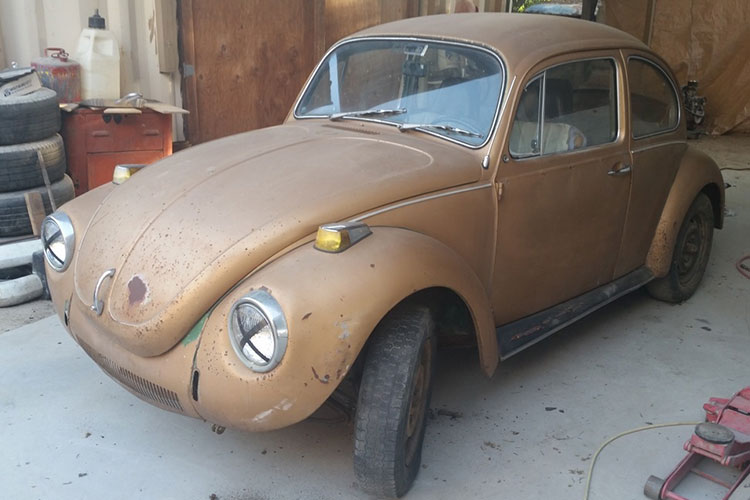
You’ve just picked up an old Volkswagen, you’ve already ordered a ton of parts for it and are anxiously waiting for them to arrive so you can start wrenching! If this sounds like you, and especially if this is your first restoration project, welcome! Our instant gratification, throw away modern society doesn’t really jive with restoration. We have gotten so use to just tossing something out and getting a new one and when something doesn’t work, we send it back to that jungle retailer.
Restorations start with the vehicles that are ready to be tossed out, or with vehicles that have already been tossed out. Keeping an old car on the road takes a little more elbow grease and time or money than we as a society are used to dedicating to something so old. Some people just aren’t ready for the time and work it will take. They’d rather deal with a new car payment and not have to worry about doing their own valve adjustments or adjusting the points on an old VW. They send a car payment in once a month, take their car in for prepaid scheduled maintenance and when that runs out, they trade it in for a new car. An old VW will demand time and lots of regular maintenance, long after it’s been restored.
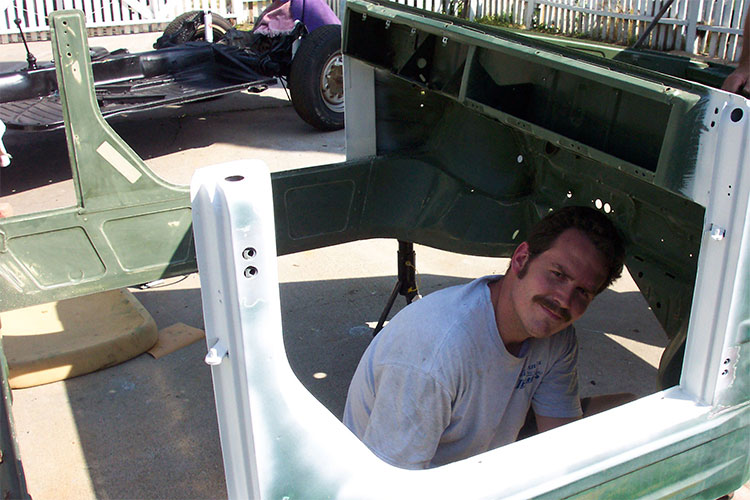
With that being said, VW restorations don't fall together, and they aren’t like opening up a box of Legos and building a new toy. It’s more like building a scale model, cutting all the pieces off the plastic trees, and sanding down the molded lines and edges. Clipping off some flashing, painting pieces, sticking on decals and eventually, at the end, you sort of have something that kind of resembles the perfect model pictured on the box. We are working with vintage VWs and every one of them is a little different, especially now 40 to 60 years later, than it was when it first rolled off the assembly line. Driving down rough roads, over parking blocks, driveways, fender benders, accidents, and time all take a toll on a car. Reproduction and even original parts aren't all going to fit like they did way back then, it’s just a part of the process. That is why high end restoration shops get so much for their restorations and charge so much to restore a car.
If you happen to watch reality car restoration TV shows, you may have noticed how most of them and especially the high end ones, pretty much build, or mock up, the entire car before it ever gets painted. The reason they do it is so they can install all the old and new parts to get them fit properly, to the car. Building cars twice takes time, and time for a shop is most certainly money. However, from experience they know the time spent up front will pay off later. They won’t have to worry about getting the parts to fit, or worry about repainting a fender or trimming down a bumper bracket, after everything has been painted, polished and chromed which saves them time and money in the long run.
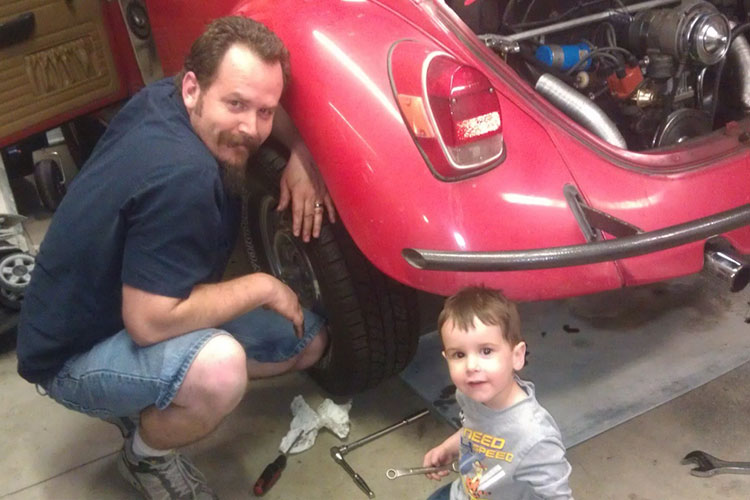
If building and restoring cars was so easy, we’d see a lot more vintage cars on the road, it isn’t though. It’s a labor of love, a way to pass the time, or a reason to get in the garage and out of a spouse’s hair. It’s a way to relive days of old, to connect with friends or family and a way to pass on a passion. It’s a blood, sweat and tears affair, and for most of us, the end result is worth the cuts, sore muscles and calloused hands. We can enjoy a weekend cruise in a car that we built and revel in the waves from onlookers. We can attend a car show or club meet up with our friends where we will almost inevitably meet new friends, and we can reminisce and look forward to discussing our next modification or project.
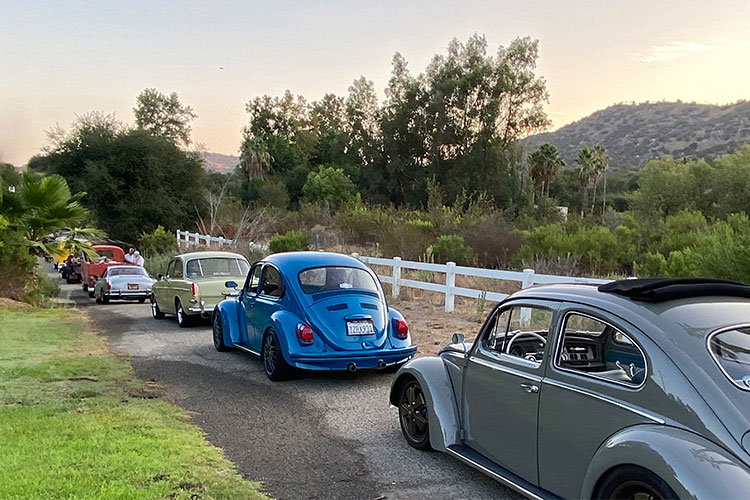
Some of the best advice I can give in any restoration is to have patience, don’t be afraid to fail, get as much QUALITY information as you can and whenever possible, don’t tighten ANY hardware until ALL the hardware has been installed. I’ve been working on VWs since the age of 13 and 30 plus years later, I’ve probably broken, bent, scratched, dented and destroyed more parts than I have installed correctly. Ok, maybe not at this point but it’s close and in the first decade or so, most definitely. I’ve learned by making mistakes, and since I am a child of the 70s, I learned back then, by reading. Everything from the John Muir Idiot Book and the Baja Bugs and Buggies manual, which I read cover to cover multiple times as a teenager, to every copy of Hot VWs or VW Trends I could sneak away from my older brother. (He later told me, before he passed, that had he have known that I would go this far with VWs, that he wouldn’t have gotten so mad at me back then. Thanks Derek!) I read everything I could get my hands on regarding VWs, cars, trucks, motorcycles and off road vehicles that I could get my hands on.

This was all pre-internet and information was not as easy to get as it is today. Along those lines, just because information is easy to obtain, it does not mean that information is correct. Anyone with a smart phone can post their opinion worldwide in seconds. Make sure the information you get is correct. It seems that anyone that ever happened to own a VW, is somehow automatically a VW expert. A friend that had a VW in high school during the 80s might tell you that something will work. “No problem! I did it all the time when I was a kid”. Unless they are willing to buy the part, and install it for you, take it with a grain of salt. Check through forums, chat rooms, countless “How To” videos online and, of course feel free to ask the company you are going to order parts from. If they can’t tell you if the part fits, then perhaps you should be ordering from another shop. Either way, get as much information as you can, ahead of time.
When it comes time to install that new part, don’t over analyze it and quit trying to re-engineer it. You’ve done your homework, browsed through forums, seen all the little tips and tricks to installing it, and checked with the retailer you bought it from to confirm it will work, so, go install it! All the bench talk, comparing the part with the old part, double checking the internet, forums and how to videos in the world won’t get the part installed. You have the part in hand, bolt it on, clip it in place, whatever the process may be, stop thinking about it and do it. The part doesn’t fit exactly like the original? Did the part supplier list some tips online for it? Was there some “how to” write up on a forum about it? Chances are the part will fit and something as simple as perhaps bending a tab, sanding an edge or filling down a piece is all it takes so that it fits correctly. Small modifications might be needed and aren’t out of the ordinary. That is why those car restorations places build cars twice. Does this mean you should build your car twice? Not necessarily, but that is where patience comes in and that is what research is for.
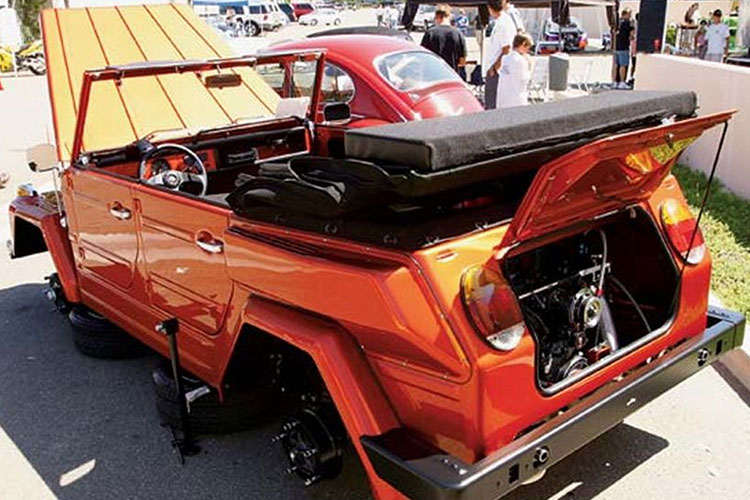
At the end of the project, don’t sweat the small stuff. I’ve built and worked on more VWs than I can count and despite building show cars, working on full pan off restorations and restoring and owning a 100 point show car, I can tell you not one of them was perfect. I know every single scratch and imperfection on my restorations, and I can pick apart any restoration and even a brand new car at a dealership lot. There is no such thing as perfect. At the end of the day, most people are going to look at the car as a whole and be amazed! They will never notice the small chip where the body molding chipped the paint at the edge of the door, or where you color sanded through the paint at the edge of that body line. Learn from the mistake and move on, just like you should in life.
- Sam Mebane



 5-Star Rating!
5-Star Rating!
